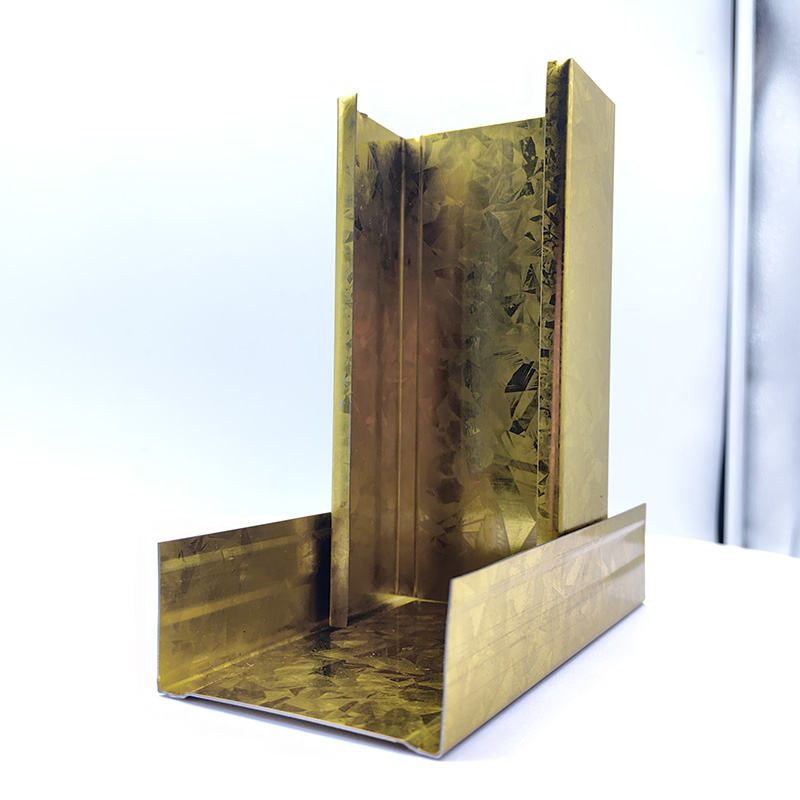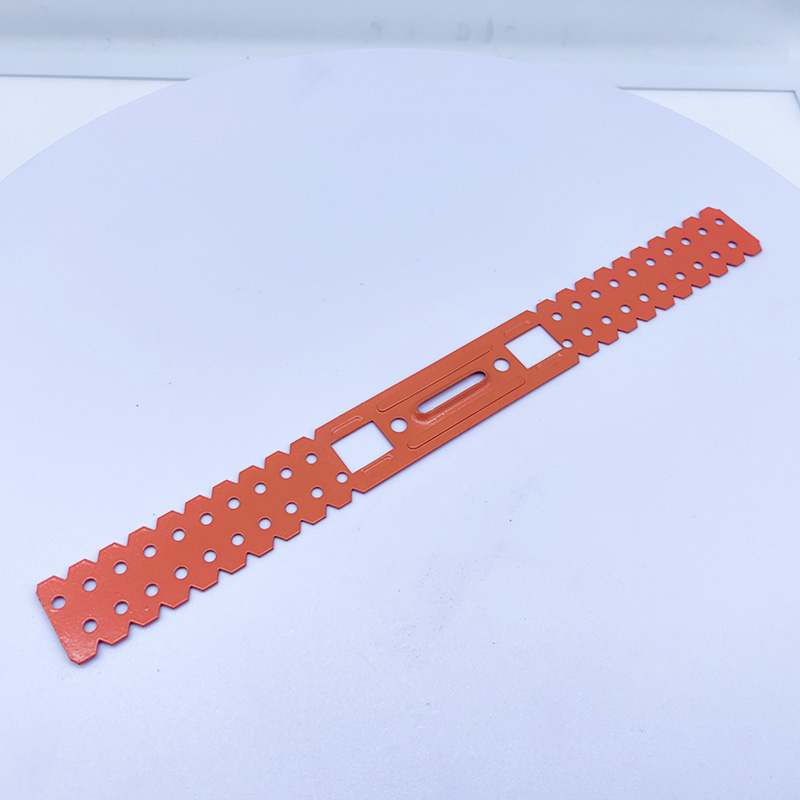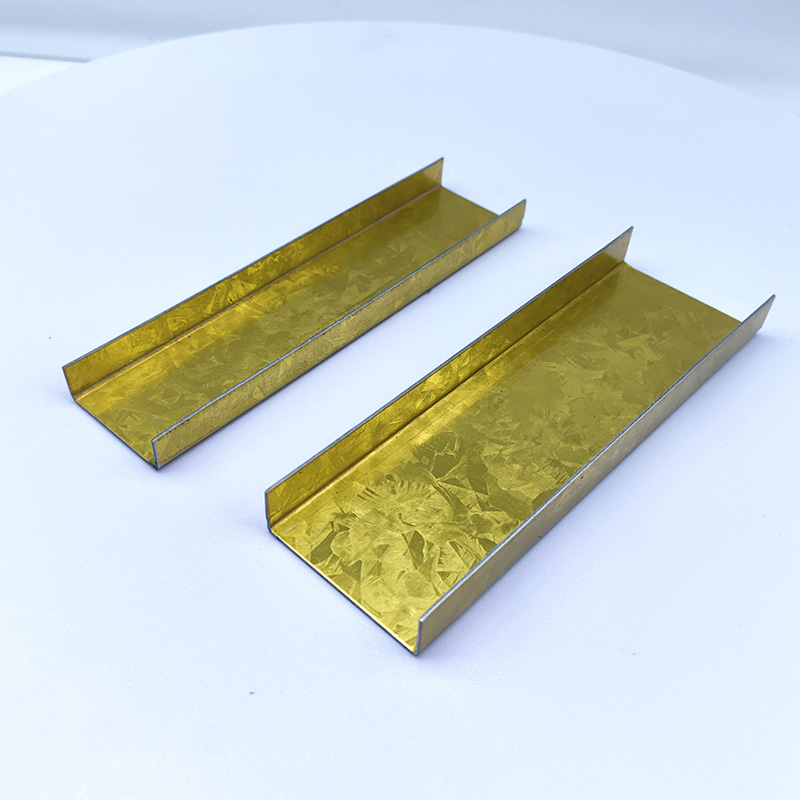Precautions for Installing Light Steel Walls: Tips to Improve Construction Efficiency
2024-12-30 17:40:21
1. Introduction
Light steel walls, due to their superior properties such as high strength, light weight, fire resistance, and sound insulation, have been widely used in modern construction, particularly in commercial buildings, residential areas, and industrial factories. As the construction industry faces increasing demands for energy efficiency, environmental sustainability, and cost control, light steel walls have become an important building material that is rapidly evolving. Correct installation procedures not only improve construction quality but also significantly enhance efficiency. This article explores key installation precautions for light steel walls and provides practical tips to boost construction efficiency.
2. Precise Preparation Before Construction
1. Material Procurement and Inspection
Before installing light steel walls, accurate material procurement and strict on-site inspections are fundamental to ensuring project quality. It is essential to choose light steel studs and related accessories that meet construction standards, ensuring that the material and specifications align with design requirements. Special attention should be given to the thickness, corrosion resistance, and compressive strength of the studs. Additionally, a visual inspection, size verification, and checking of relevant quality certificates should be conducted to ensure that materials meet the standards.
2. Tool and Equipment Preparation
The installation of light steel walls requires a variety of tools, including electric screwdrivers, rivet guns, measuring instruments, and levels. Proper selection and use of these tools can significantly improve work efficiency. Electric screwdrivers are used for quick screw fixing, while rivet guns are used for metal connections. Measuring tools, such as levels and steel tape measures, ensure accuracy during the installation process. Before construction, all tools and equipment should be inspected, calibrated, and kept in good working condition.
3. Site Cleaning and Foundation Inspection
Site cleaning is the first step to ensuring quality installation. Remove debris, weeds, and construction waste from the floor to create a tidy environment for subsequent work. Foundation inspection is equally important, including a detailed assessment of the floor’s levelness, verticality, and load-bearing capacity. Ensure that the foundation meets the requirements for light steel wall installation to avoid unnecessary construction issues later on.
3. Key Points in Installing Light Steel Studs
1. Cutting and Processing of Studs
Cutting light steel studs must be precise. Common cutting tools include electric saws and hacksaws, and selecting the right tool improves cutting efficiency. Ensure that the studs' dimensions align with the design specifications and avoid sharp edges that could affect subsequent processes. For special processing requirements such as drilling holes and bending, follow the construction drawings with accuracy.
2. Installation Sequence and Spacing Control
The installation sequence of light steel studs is crucial. Generally, start from the bottom stud and gradually work upwards. During installation, controlling the spacing between studs is essential. Based on the design drawings and wall function requirements, determine the stud spacing, typically 40-60 cm. Too wide a spacing will compromise wall stability, while too narrow will increase material and construction costs.
3. Fixing and Connecting the Studs
There are various methods to fix and connect the studs, such as using expansion bolts and self-tapping screws. The strength of the connections directly impacts the wall’s stability. Reinforce the connection points to ensure that all connections can withstand the weight of the wall and external pressures, enhancing the overall structural integrity.
4. Techniques for Installing Wall Panels
1. Panel Selection and Pre-treatment
The choice of wall panels directly affects the installation result. Common materials include gypsum boards and fiber cement boards, with each type suited for different applications. Gypsum boards are often used for interior partitions, while fiber cement boards are better for humid environments. Prior to installation, panels should be cut, sanded, and treated for moisture resistance to ensure long-lasting durability after installation.
2. Installation Methods and Fixing Details
When installing panels, either horizontal or vertical layouts can be chosen. Pay attention to the fixing details; screw spacing and depth must be controlled precisely to ensure the panels are securely and evenly fixed. It is also recommended to professionally treat the panel edges to avoid cracking or detachment.
3. Panel Splicing and Sealing
Panel splicing requires strict craftsmanship, with common methods including tongue-and-groove and batten joints. The use of sealants can significantly improve the wall’s water resistance and sound insulation, especially in humid environments, preventing moisture penetration and prolonging the wall’s lifespan.
5. Quality Control and Safety Measures During Construction
1. Key Quality Checks
Quality control is a critical part of the light steel wall installation process. After each phase of installation, a thorough inspection should be conducted. For example, check the levelness of the studs after installation and the firmness of the panels after they are fixed. If quality issues arise, they should be rectified promptly to avoid affecting subsequent work.
2. Safety Measures
Safety measures at the construction site should never be overlooked. During installation, workers must wear protective helmets, safety belts, and other safety equipment to prevent accidents such as falls from heights. Additionally, when operating electrical equipment, ensure compliance with safety regulations, regularly check the condition of equipment, and ensure a safe construction process.
6. Practical Tips for Improving Construction Efficiency
1. Team Collaboration and Task Allocation
One of the keys to improving construction efficiency is effective teamwork and task allocation. By organizing the construction team properly and clarifying each member’s responsibilities and tasks, repetitive work and disorganized schedules can be avoided. Additionally, strengthening communication and coordination to address problems promptly ensures that the project is completed on time.
2. Use of Advanced Installation Technologies and Processes
Advanced installation techniques and processes can significantly enhance construction efficiency. For example, using modular installation methods and automated construction equipment can reduce manual labor and improve construction accuracy and speed. Construction companies should actively adopt new technologies to improve overall construction efficiency.
3. Reasonable Scheduling and Workflow Integration
Proper scheduling of construction tasks ensures smooth transitions between different processes. For example, ensuring seamless integration between stud installation and panel installation can minimize gaps in the workflow, improving efficiency.
7. Case Analysis and Experience Summary
1. Successful Case Studies
By analyzing successful light steel wall installation cases, we can summarize methods and experiences to improve construction efficiency. For instance, a commercial building adopted modular installation technology, which not only sped up the installation of light steel walls but also reduced material waste and ensured high project quality.
2. Common Issues and Lessons Learned
Some common issues encountered during light steel wall installation include material waste and construction delays. By analyzing the causes of these issues, preventive measures can be implemented. For example, more precise material procurement plans and strict project timeline management can help avoid these problems.
8. Conclusion
The installation of light steel walls not only affects construction quality but also directly influences construction efficiency. By focusing on accurate pre-construction preparation, precise installation techniques, strict quality control, and scientific project scheduling, construction efficiency can be significantly improved while ensuring high project quality. With the ongoing development of light steel wall technology, the future application prospects in the construction industry are vast. It is hoped that construction companies will adopt the suggestions provided in this article to continuously innovate and improve, promoting the development of light steel wall installation technology.

A Double Anti-Rust Gold Partition Wall Stud is a type of steel stud commonly used in the co...

A CD UD Profile Furring Clip U Clamp is a type of metal fastening component used in the ins...

A 60mm Ceiling Grid refers to a type of suspended ceiling system, commonly used in commerci...

38mm Main Tee and 50mm Main Tee refer to the widths of the main tee profiles used in suspen...

